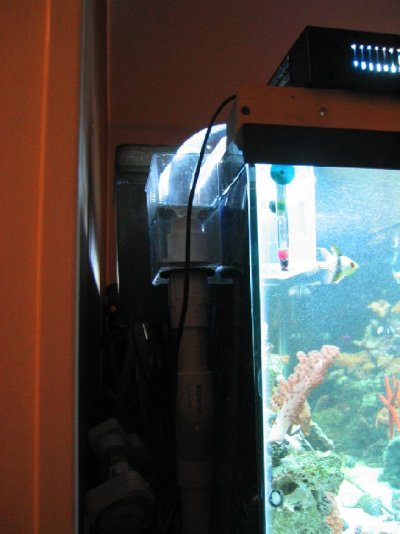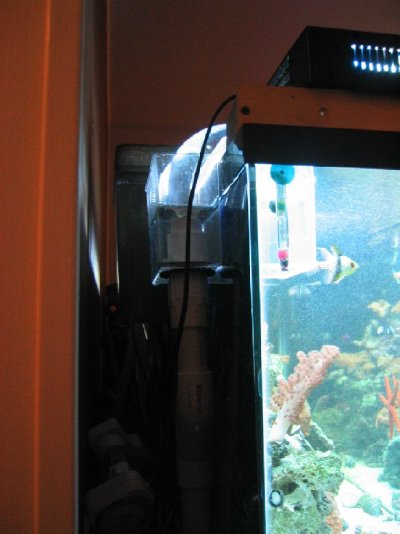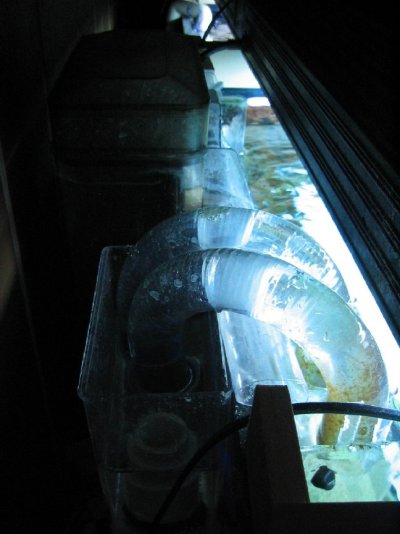I've finally found the article on aquarium plumbling ... It is at advancedaquarist.com. The article is a rather detailed engineering discussion, far more than my basic understanding on fluidics.
To make a long story short ... If I understand the equations correctly, the max flow rate of a 1"
PVC overflow is around 400
gph. <I didn't worry about the elbows, etc. real number prob. a bit lower>. Since resistance in pipes varies with 4th power of radius, I would expect only 1/16 the flow rate in a 1/2" system (or 30-40
gph).
Also, it seems my idea of using a long in tank loop to enable a high head pressure to drive the siphon won't work.

The resistance of the extra tubing is offsetting any gains in driving pressure.
I am just wondering if anyone has any real flow numbers to back up or refute my estimates. If my calculations are correct, I'll have to look at a different system (maybe one of those continous flow through box), as I am aiming for 800-1000
gph.



